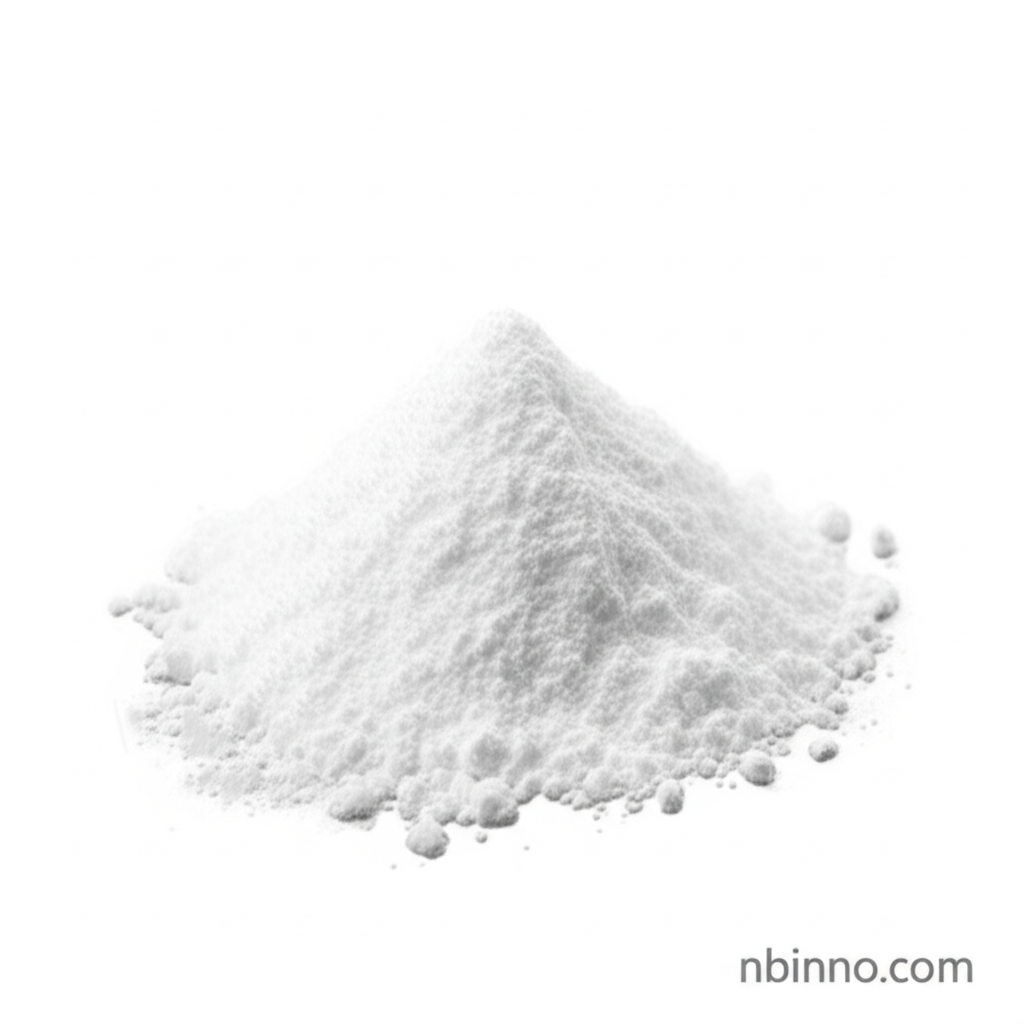Erythromycin Thiocyanate: A Broad-Spectrum Antibiotic
Discover the power of Erythromycin Thiocyanate, a vital macrolide antibiotic for diverse therapeutic and research applications.
Get a Quote & SampleProduct Core Value

Erythromycin Thiocyanate
Erythromycin Thiocyanate is a potent macrolide antibiotic derived from Streptomyces erythreus, renowned for its broad-spectrum antimicrobial activity. It functions by binding to the 50S ribosomal subunits of bacteria, effectively inhibiting RNA-dependent protein synthesis, a crucial process for bacterial survival and replication.
- Investigate the erythromycin thiocyanate antibiotic mechanism of action to understand its precise inhibitory effects on bacterial protein synthesis.
- Explore the erythromycin thiocyanate veterinary grade uses for treating various infections in livestock and poultry.
- Learn about erythromycin thiocyanate antitumor and neuroprotective effects observed in recent research studies.
- Source high-quality erythromycin thiocyanate for poultry infections to safeguard animal health and farm productivity.
Key Advantages
Broad-Spectrum Efficacy
This antibiotic exhibits significant efficacy against a wide range of bacteria, including Gram-positive organisms and some Gram-negative bacteria, making it a versatile choice for many applications.
Versatile Applications
From treating severe bacterial infections in humans and animals to potential roles in wastewater treatment due to its surface-binding properties, its applications are diverse.
Research & Development
Its well-defined mechanism of action and reported additional effects like antioxidant and anti-inflammatory properties make it a valuable compound for ongoing scientific research.
Key Applications
Human Therapeutics
Used to treat serious infections caused by drug-resistant bacteria, such as pneumonia and septicemia.
Veterinary Medicine
Essential for treating chronic respiratory diseases in poultry and mycoplasma pneumonia in pigs.
Aquaculture
Effective in preventing and controlling diseases like white head and white mouth disease in fish species.
Biochemical Research
Utilized in studies to understand bacterial protein synthesis inhibition and explore potential new therapeutic avenues.
